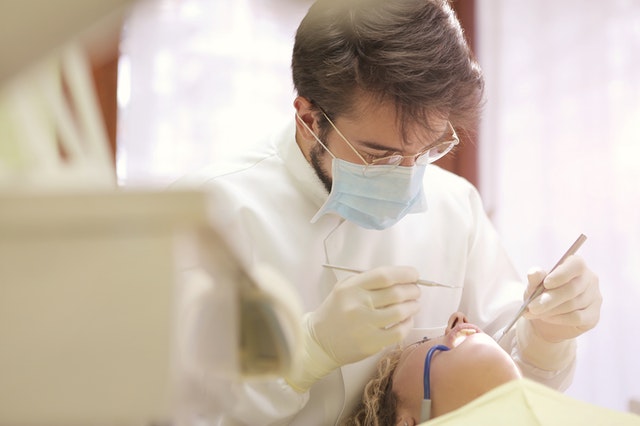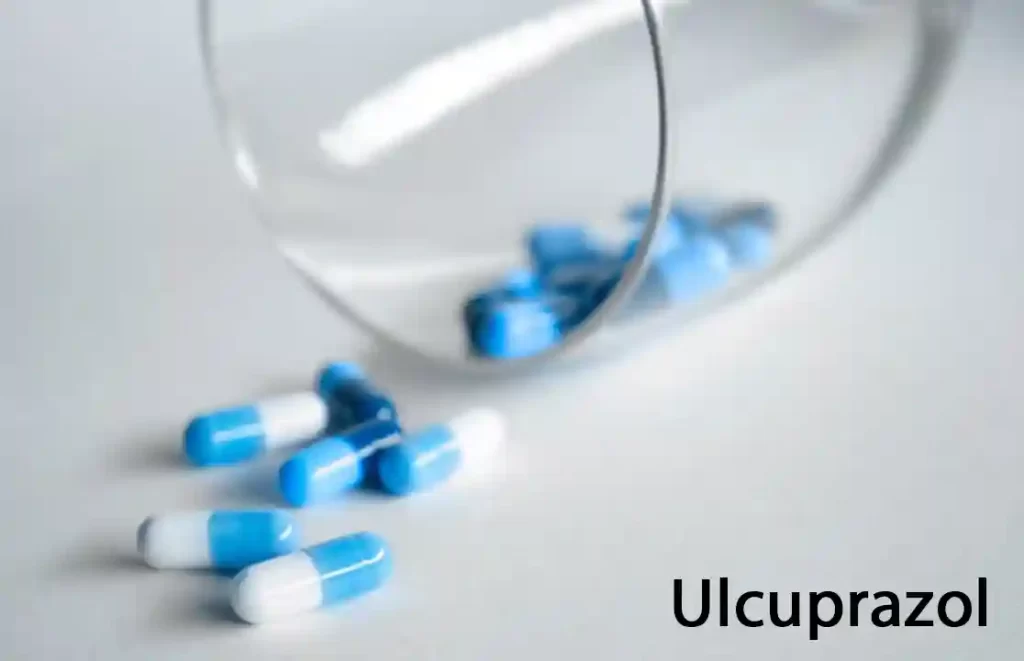
At the GDDC we see every patient as a whole and therefore offer treatment of a wide range of painful conditions. This includes pain or discomfort caused by the malfunctioning jaw joint (TMJ), which is better known as TMD (temporomandibular disorder). TMDs are a very common finding among our patients and the general population. Untreated this condition can get chronic and significantly hamper the patient’s quality of life, mainly through causing multiple painful symptoms.
Typical TMJ/TMD symptoms
Those include:
- Discomfort and pain in both jaw joints and surrounding facial muscles
- Chronic headaches
- Locking of the jaw joint
- Pain in chewing function for solid and elastic foods
- “Ear pain” as one of the most commonly reported symptoms
- Ear Ringing (Tinnitus)
- Clicking, popping or crepitation sounds in normal function
What Causes TMD/TMJ
While it is always difficult to point at a specific cause, we know that there are mostly multiple causes at play for a TMD.
Stress is the most common underlying issue. It leads to the grinding of teeth (Bruxism) which, besides wearing down natural tooth substance as well as dental crowns, porcelain veneers, and bridges, also commonly coexists with TMJ/TMD.
Another problem is partially or fully edentulous jaws after tooth extractions, especially in the back of the mouth. This leads to a compression inside the capsule surrounding the joint, which can cause significant chronic pain in the TMJ. In these cases, re-establishment of a normal bite with a fixed replacement like dental implants can be the best solution.
Lastly, early trauma of the jaws is also known to lead to TMJ/TMD as a late complication.
The best treatment for TMJ/TMD
Older approaches were more invasive and surgical interventions are now being seen more and more critical for lack of significant benefit to the patient when compared to non-invasive methods. The latest scientific consent, therefore, sees surgical interventions as a very last resort option.
In contrast to this, conventional, non-invasive nightguard therapy showed significant improvement for roughly 85% of patients. But careful! Nightguards come in a multitude of forms and can be manufactured from different materials. Some patients may also profit from modifying and customizing the nightguard. Over-the-counter products can’t be recommended for the lack of precision and durability.
We also cooperate with a distinguished network of specialized physiotherapists, because some acute cases seem to respond very well to this.
Dr. Dominique Laatz MSc.



